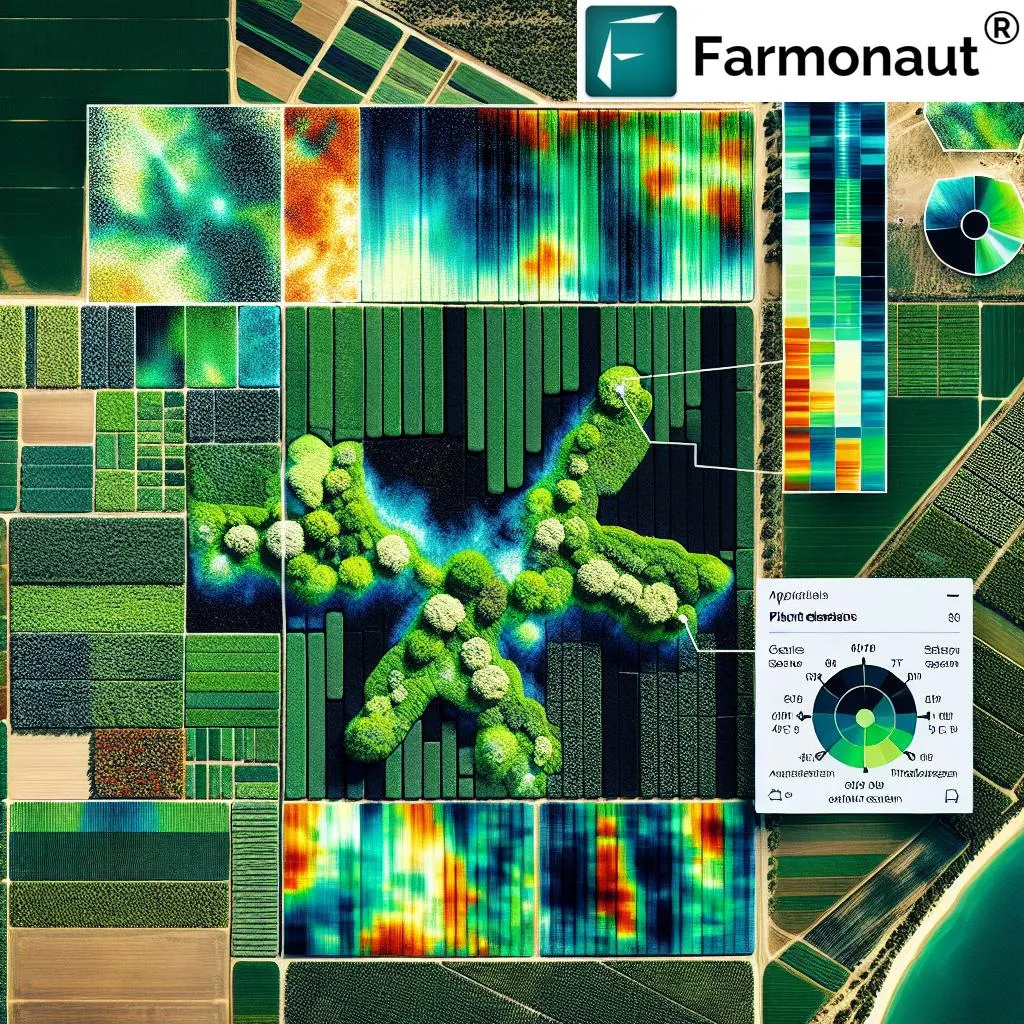In the face of escalating climate challenges, early detection of crop stress has become a linchpin for sustainable agriculture and global food security. A groundbreaking review published in *Smart Agricultural Technology* sheds light on advanced monitoring strategies that could revolutionize how farmers identify and respond to crop stress. Led by Syed Ijaz Ul Haq of the College of Agricultural Engineering and Food Science at Shandong University of Technology, the research synthesizes 138 studies to explore how multi-dimensional optical remote sensing—combining spectral, angular, and spatial data—can transform crop stress detection.
The review highlights how biotic stresses like diseases and pests, as well as abiotic factors such as drought, nutrient deficiencies, and temperature extremes, alter plant spectral signatures. These changes, detectable across visible, shortwave infrared, and thermal infrared spectra, offer a window into crop health. “By integrating spectral, angular, and spatial data, we can capture a more holistic picture of crop stress,” Haq explains. “This approach allows us to detect subtle changes in canopy structure and leaf orientation that traditional methods might miss.”
The study examines a range of sensing technologies, from ground-based systems to unmanned aerial vehicles (UAVs) and satellites, each offering unique advantages. Proximal sensors provide detailed physiological assessments, while UAVs enable field-scale monitoring and satellites offer regional surveillance. A key innovation in this research is the emphasis on multi-angle remote sensing, which captures bidirectional reflectance distribution function (BRDF) effects. These effects reveal stress-induced changes in canopy structure that conventional nadir-only observations often overlook. “Viewing geometry significantly affects vegetation indices and sun-induced fluorescence measurements,” Haq notes. “Angular correction methods are crucial for accurate stress assessment.”
The review identifies critical research gaps, including inconsistent angular reflectance modeling, inadequate sensor calibration, and the lack of standardized frameworks for integrating multi-source, multi-scale data. It also highlights the potential of advanced machine learning approaches, particularly deep learning and transformer networks, for extracting meaningful stress signatures from complex datasets. “These technologies show exceptional promise for maintaining interpretability while improving decision-making,” Haq says.
The research proposes a hierarchical monitoring architecture supported by physics-aware artificial intelligence models. This framework aims to address temporal optimization, spatial integration, and angular standardization, transforming crop stress monitoring from reactive management to predictive intervention. The review concludes with a strategic roadmap for operational implementation, emphasizing service-based delivery models, simplified decision support interfaces, and staged implementation approaches.
For the agriculture sector, the implications are profound. Early and accurate detection of crop stress can lead to timely interventions, reducing yield losses and improving resource efficiency. As climate change intensifies, these technologies could become indispensable tools for farmers, enabling them to adapt and thrive in an increasingly unpredictable environment. The research by Haq and his team not only advances our understanding of crop stress monitoring but also paves the way for future developments in precision agriculture.

